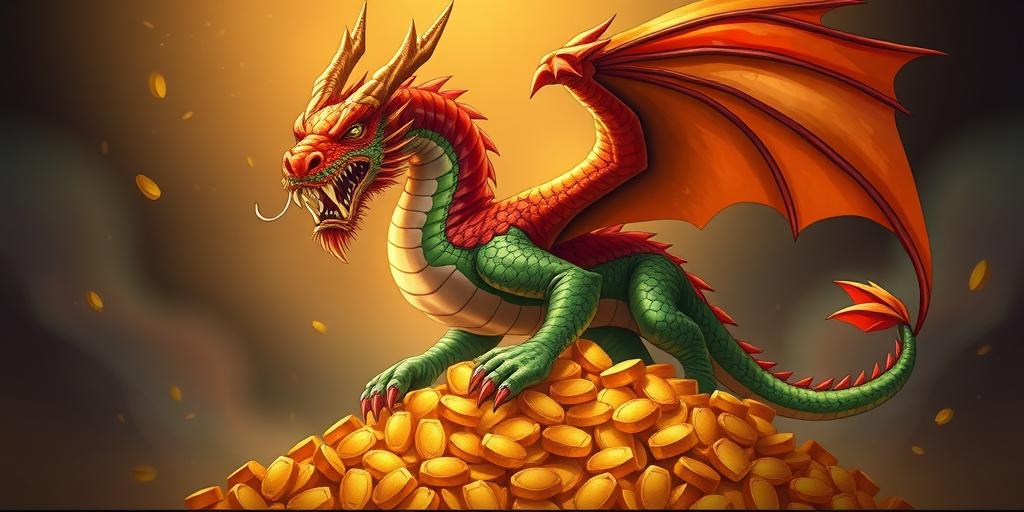Representing dragons effectively on the tabletop requires careful consideration of scale, presence, and impact. Dragons, being apex predators and often central figures in fantasy narratives, demand a representation that captures their might and majesty.
Scale and Size: The first aspect to consider is the physical size of the dragon miniature. A dragon should dwarf other creatures on the battlefield, emphasizing its superior power and presence. For larger dragons, consider using larger base sizes to reflect their increased area of control and threat range.
- Base Size: A Large dragon might occupy a 3x3 inch area, while a Gargantuan dragon could easily take up 6x6 inches or more.
- Miniature Height: Ensure the miniature is significantly taller than standard humanoid figures, reinforcing the dragon's dominance.
Visual Impact: A dragon miniature should be visually striking, conveying its power and ferocity through dynamic poses, detailed sculpting, and imposing features.
- Dynamic Poses: Opt for miniatures that feature dramatic poses, such as roaring, lunging, or unleashing a breath weapon. These poses create a sense of action and intensity.
- Detailed Sculpting: Look for miniatures with intricate details, including scales, horns, claws, and teeth. High-quality sculpting enhances the realism and visual appeal of the dragon.
- Imposing Features: Emphasize the dragon's most iconic features, such as its wingspan, tail length, and head size. These features should be exaggerated to create a more intimidating presence.
Material and Painting: The material and painting of the miniature also play a crucial role in representing the dragon's might. Choose materials that are durable and capable of holding fine details, and employ painting techniques that enhance the dragon's texture and coloration.
- Durable Materials: Resin or high-quality plastic miniatures are ideal for their durability and ability to capture fine details.
- Realistic Textures: Use painting techniques such as dry brushing, washing, and layering to create realistic textures for scales, hide, and other features.
- Vibrant Coloration: Choose colors that reflect the dragon's nature and temperament. Red and black for fearsome fire dragons, blue and white for majestic ice dragons, and green and gold for wise ancient dragons.
Special Effects: Consider adding special effects to further enhance the dragon's presence on the tabletop. These effects can include scenic bases, breath weapon effects, and other visual elements that bring the dragon to life.
- Scenic Bases: Create a base that reflects the dragon's lair or environment, such as a volcanic wasteland for a fire dragon or an icy mountain peak for an ice dragon.
- Breath Weapon Effects: Use clear acrylic or resin to create breath weapon effects, such as flames, ice shards, or lightning bolts. These effects can be attached to the dragon's mouth or positioned in front of it to simulate an attack.
- Lighting Effects: Add LED lights to the miniature or base to create glowing eyes, pulsating scales, or other effects that enhance the dragon's visual impact.
By focusing on scale, visual impact, material quality, and special effects, you can effectively represent mighty dragons on the tabletop, creating memorable and immersive gaming experiences for all involved.









